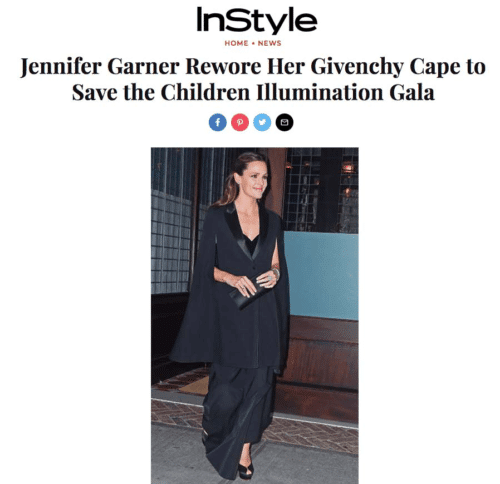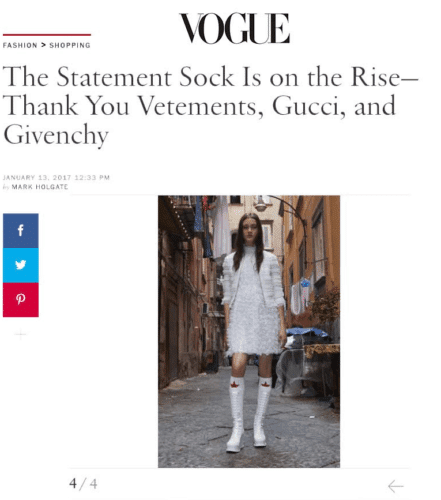Brand equity has always reigned supreme. What’s your name worth? And how does it compare to your competitors?
Media performance is one of the strongest indicators of brand equity but formulating the right media strategy can be tough, especially considering how strategies and media voices have changed over the years. Consumers are turning to peers, influencers and celebrities for advice and entertainment leaving brands faced with navigating omni-channel media strategies. In fact, thanks to social media, consumers themselves have become increasingly important voices that can drive media impact for brands. During London Fashion Week last S/S 2018 season, consumers alone generated 42.2% of overall global impact.
But how do you determine which voices are generating the most impact for your brand? How do you know if your media strategy is really working? Measuring media performance is challenging for a number of reasons:
- You can’t apply a general formula to evaluate media performance. Fashion, Luxury and Cosmetic industries (FLC) are different from other industries. Images and videos are more powerful than text. And specific voices are more influential especially from the likes of Vogue, GQ, Aimee Song, Chiara Ferragni and so on. Quality of coverage is just as, if not more important, than quantity of coverage.
- Influence exists in different ways on different channels. The digital revolution has brought different ways to connect with consumers. Now you’re juggling varying voices–whether its an influencer, a publication or simply your brand–across various channels and between paid, owned and earned initiatives. The possibilities are endless making it even harder to calculate media impact.
- It’s difficult to compare performance. Because there’s no consistent way to measure impact, it’s challenging to compare performance across different strategies. How does a sponsored Instagram post compare to an editorial placement in Vogue? Without knowing which initiatives are outperforming the rest, it’s hard to allocate budgets and resources strategically.
So where do you go from here? Start by breaking away from standard reach and engagement metrics. Then revamp your media monitoring and measurement process to focus on quality instead of just quantity.
Quality matters when it comes to media strategy & monitoring
It’s more than just how many followers someone has. The overall quality of publications or influencers plays an important role – especially their relevance to Fashion, Luxury and Cosmetics. For example, a placement in Harper’s Bazaar is much more powerful than a placement in a travel magazine; and therefore it has a larger impact on brand equity. Same with influencers. Coach has seen a significant rise in brand equity from its partnership with Selena Gomez. Her voice strongly resonates with Coach’s target audience as her posts archive 81% more likes compared to other posts according to a Piper Jaffray analysis mentioned by People.
Content quality plays an important role as well. Articles or posts that focus solely on the brand or contain images and video also have a greater impact on brand equity than posts that simply have high engagement metrics. Wouldn’t you rather have a blog post dedicated solely to your company...

...rather than share the space with other brands?

These are just a few ways to assess media performance much more accurately. The result is a more holistic view of performance across various voices, channels, media types, regions, products and more. This comprehensive evaluation gives you a better picture of which investments are paying off so you can arbitrate media budgets more effectively.
Want to learn more about media monitoring and measurement? Download our eBook:The PR Monitoring Survival Guide.. It covers everything you need to know about measuring your efforts effectively.

